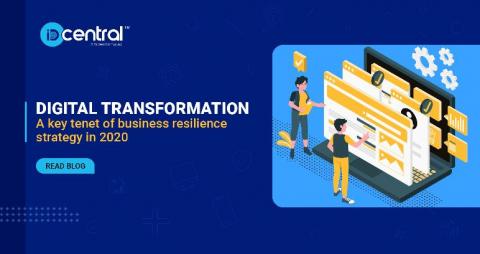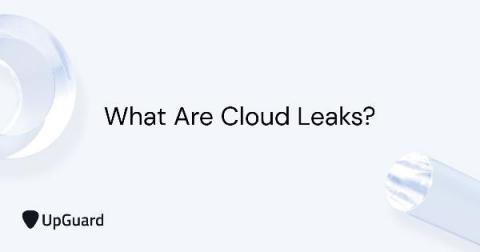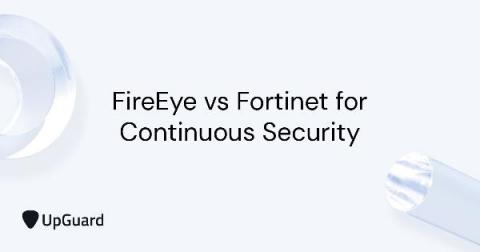Industry Watch: How the Pandemic is Changing Cybersecurity
The pandemic has touched virtually every aspect of life, and cybersecurity is no different. A new threat intelligence and cybersecurity status report from Microsoft shows how businesses around the world are changing their approach to cybersecurity to protect user data and systems as more and more teams work remotely. Here’s how the pandemic has changed cybersecurity, and what your business can do differently to protect your data as the situation evolves.










